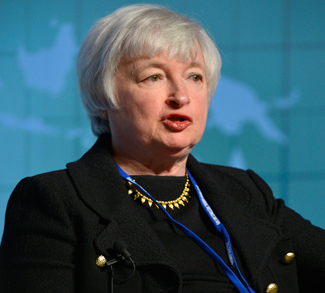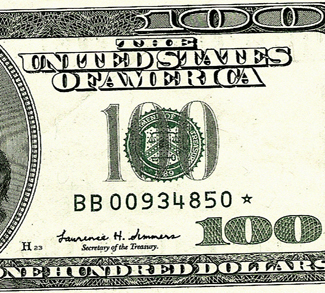After years of speculation and waffling, the US Federal Reserve has finally achieved lift-off, hiking its key interest rate by 0.25% – the first such increase since June 2006.
The Fed’s announcement came as no surprise for market watchers, with well over 80% economists polled by Bloomberg predicting the end of an unprecedented era of accommodating central bank policy in the United States. In fact, a similar consensus had emerged in the lead-up to the Fed’s last meeting in late October, a meeting that did not produce the much-expected lift-off. There’s no doubt about it: this move has been a long time coming.
The long build-up towards normalization has allowed ample time for a rate hike to be priced into equities and currency markets, which explains why – at least for now – stock markets have taken the increase in stride. Currency markets have also so far avoided the kind of shocks that some doomsayers have been predicting (recall that the US government was pressured by the developing world to hold off on rate hikes because of a strong US dollar; the argument being that a rate hike, and the increased capital flows it would attract, would have the effect of accentuating an already painful year for emerging market currencies).
Chair Yellen did everything possible to soften the blow of lift-off and ease these global anxieties. First there was the meager extent of the first hike – a lowly 25 basis points – where 50 basis points would have been well within the purview of historical precedent. Then there were her accompanying statements, which also had the Chair bending over backwards to appease investors. According to Yellen, further hikes in 2016 will not be linear in terms of extent or sequence; the year could see more 25 basis point hikes, and perhaps even just one of them if the US economic recovery suffers any setbacks. Chair Yellen even seemed to allude that this first step of a 25 basis point hike could be reversed should economic conditions demand it.
Given the dovish roll-out of Yellen’s normalization policy, we can expect a gradual period of adjustment for the US economy. Individual savers and pension funds will see some relief, albeit not much for the time being. In fact, though many of the major US banks adjusted rates for the loans they provide to their customers, rates on savings accounts remained untouched.




